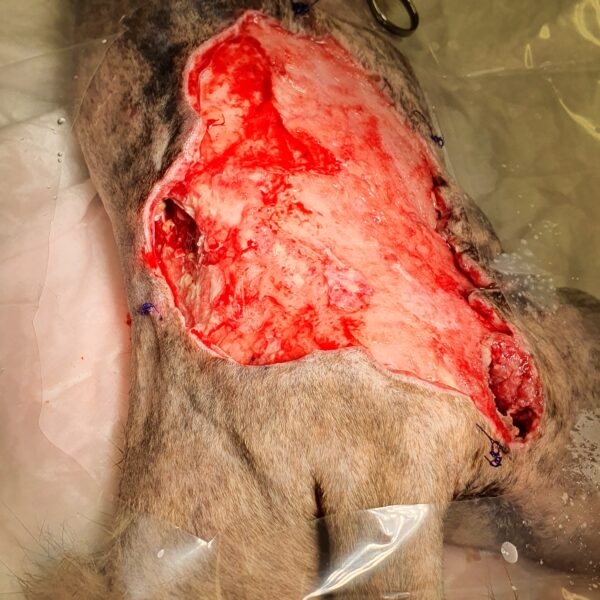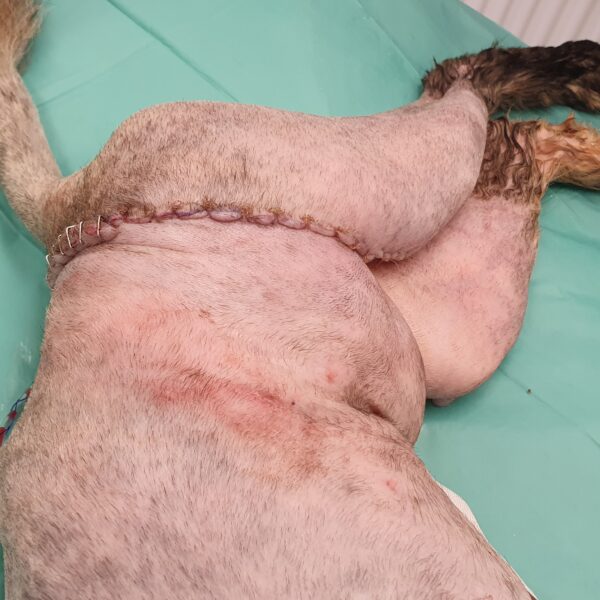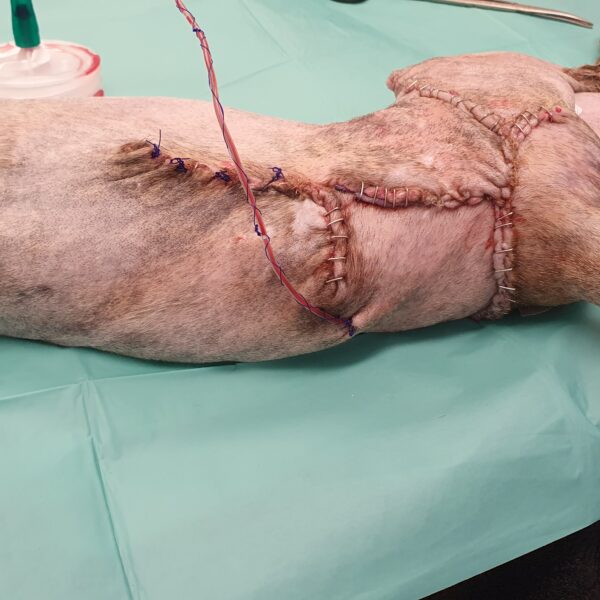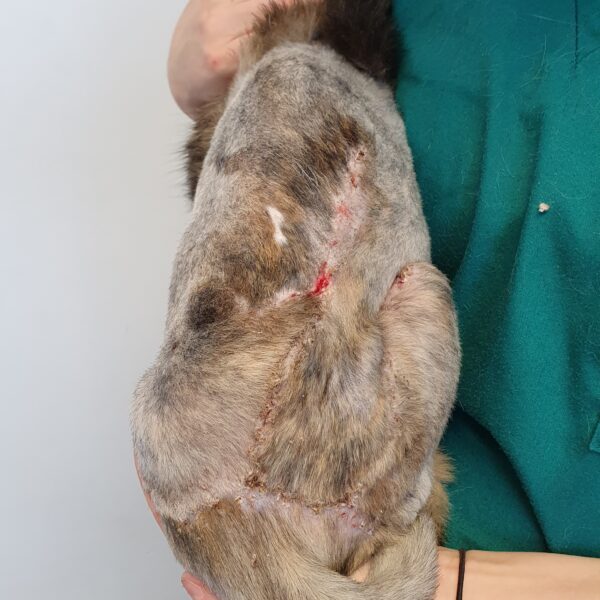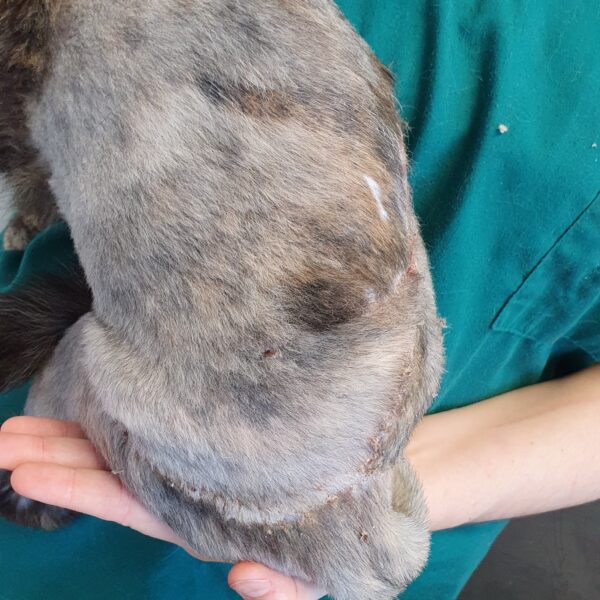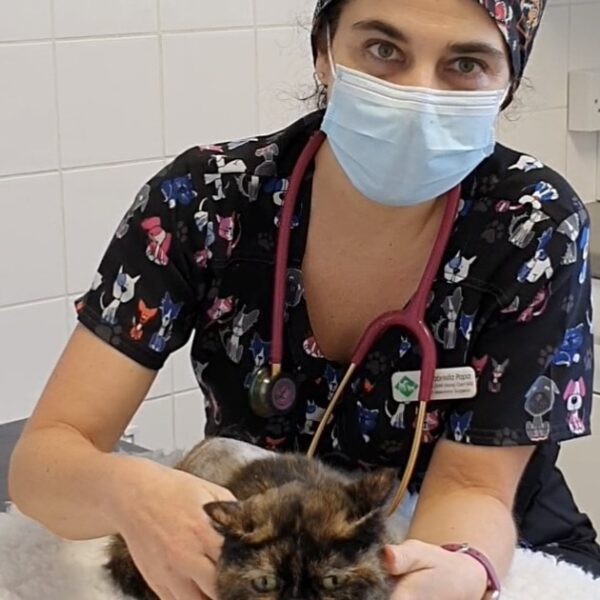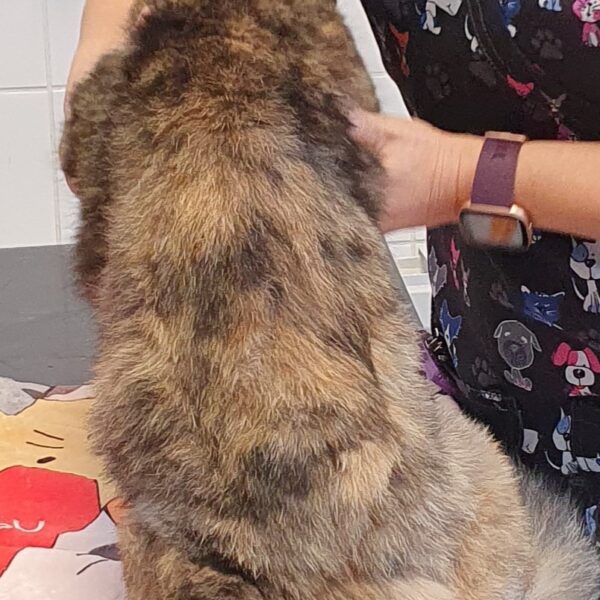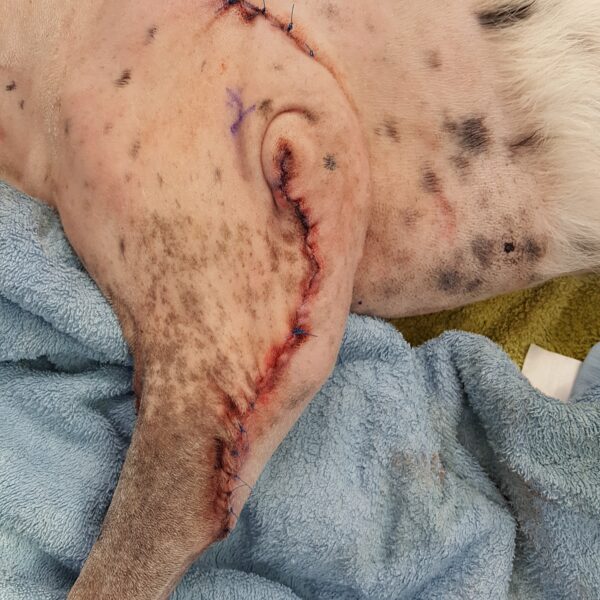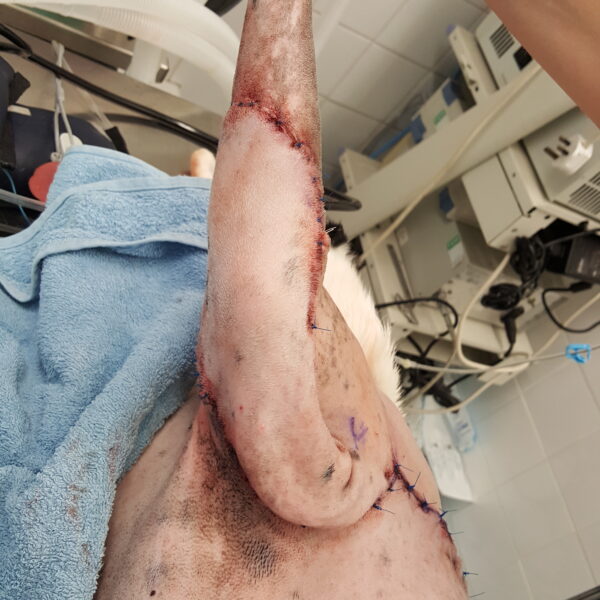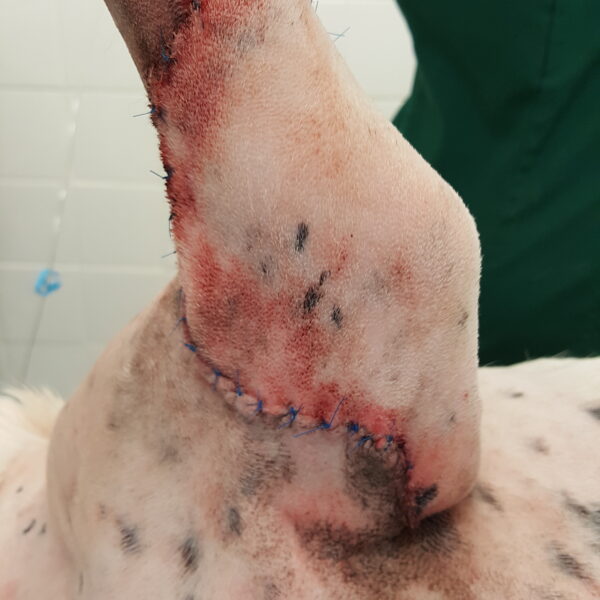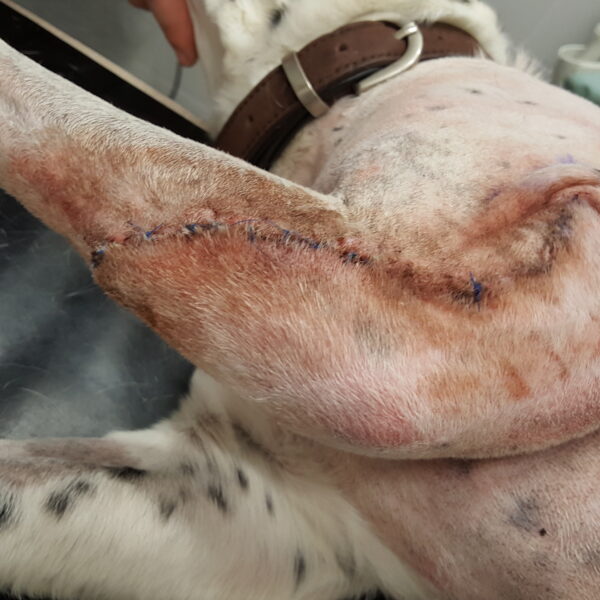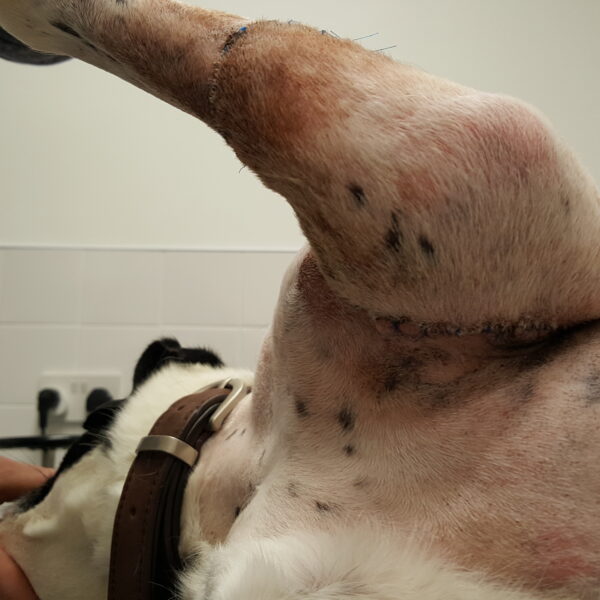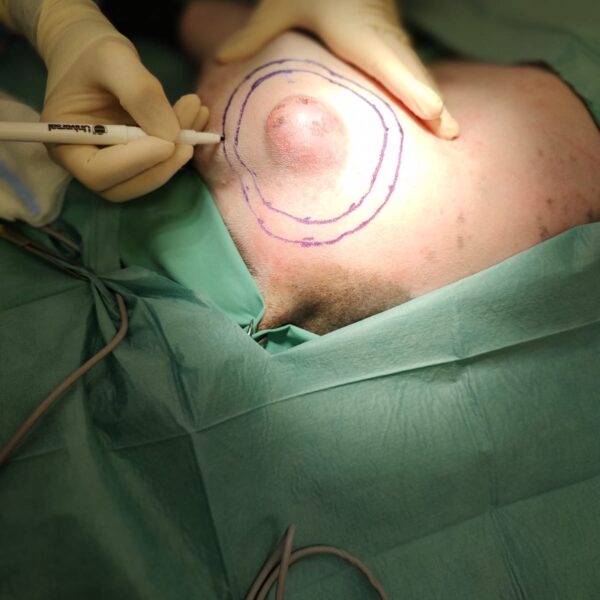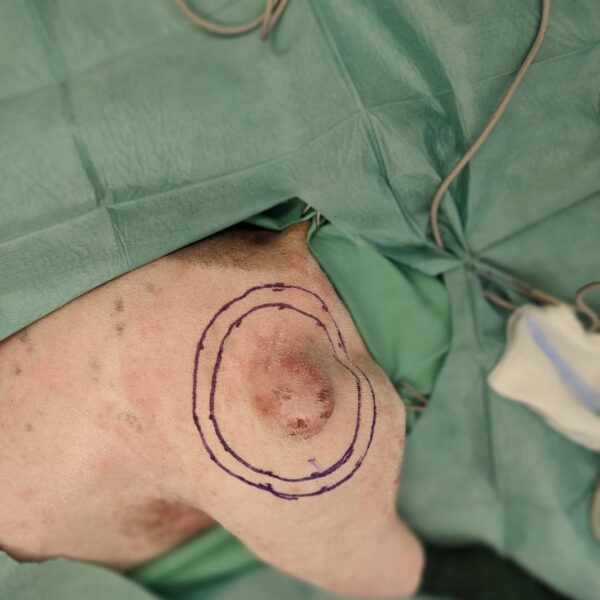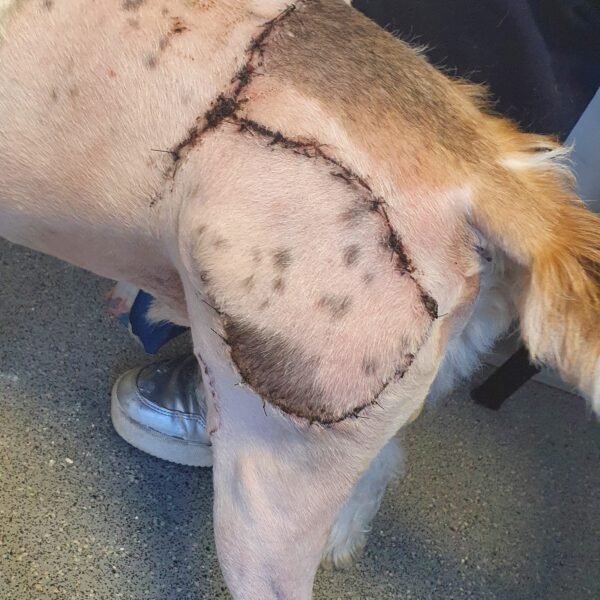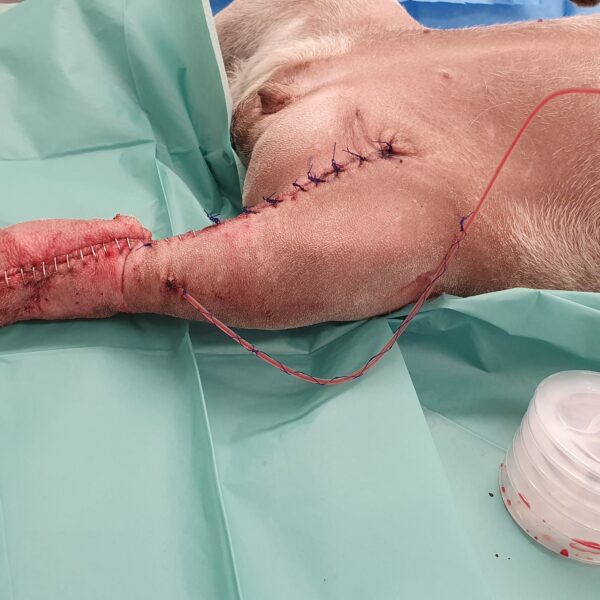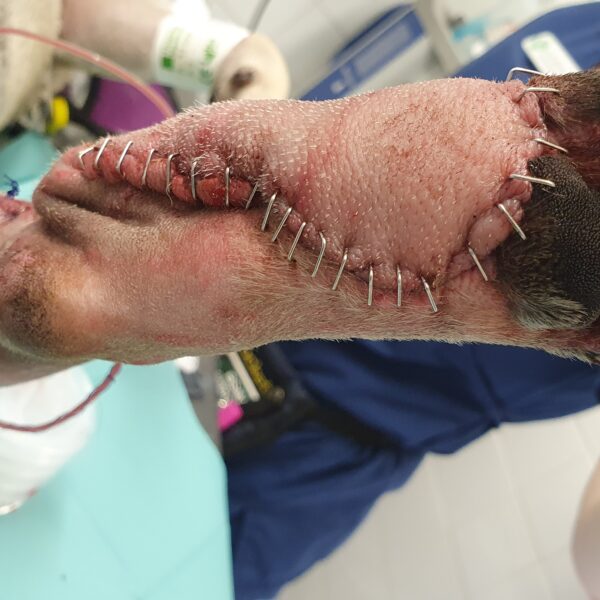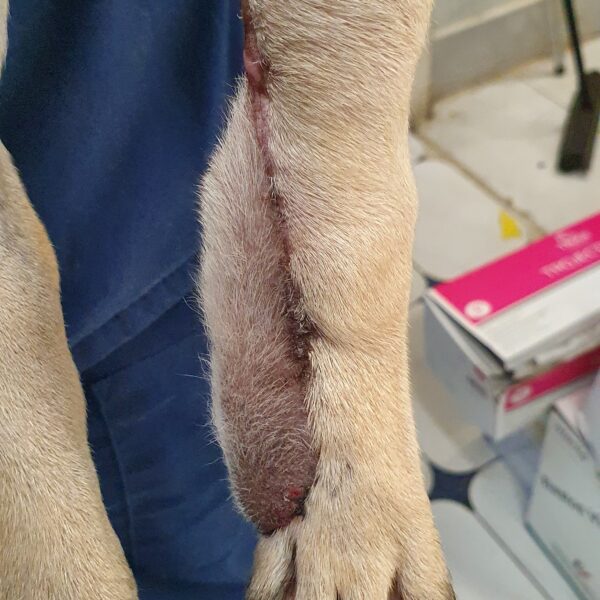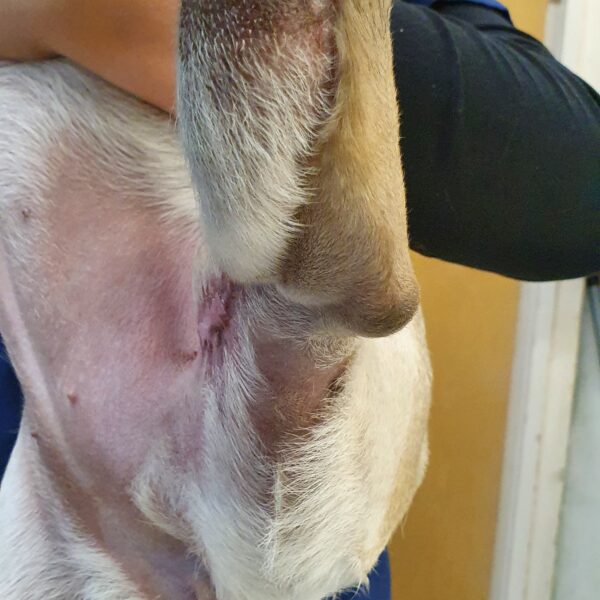Reconstruction of large skin defects following trauma or radical excision of neoplastic masses can be particularly challenging mostly when wounds occur in areas where there is not enough skin adjacent to the wound.
Options for reconstruction include: axial pattern flaps; local subdermal plexus flaps and skin grafts.
Subdermal plexus flaps
Subdermal flaps do not contain a direct cutaneous artery and vein and their survival relies on collateral circulation from the remaining cutaneous attachment and its vasculature, the subdermal plexus.
This plexus is maintained by small subdermal branches from nearby direct cutaneous arteries, and care must be exercised to ensure that this plexus is preserved during flap elevation since flap survival is dependent on its intact circulation.
The inguinal flank fold flap is considered a type of subdermal plexus flap, although there is some debate as to whether this is actually an axial pattern flap.
The lower branches of the ventral branch of the deep circumflex iliac artery supply this cutaneous area.
Bilateral flank skin fold rotation–advancement flaps
axial pattern flaps
Axial pattern flaps incorporate direct cutaneous arteries and veins that supply a specific region of dermal tissue. Since the terminal branches of these vessels supply the subdermal plexus, axial pattern flaps have better perfusion than local flaps and are widely used in veterinary reconstructive surgery.
Thoracodorsal axial pattern flap
Closure without tension. Testing the wound tension during the entire range of motion is an essential step during reconstructive surgery.
Wounds located over joints will experience significant motion, and tension may vary considerably as the joint moves through its range of motion.

